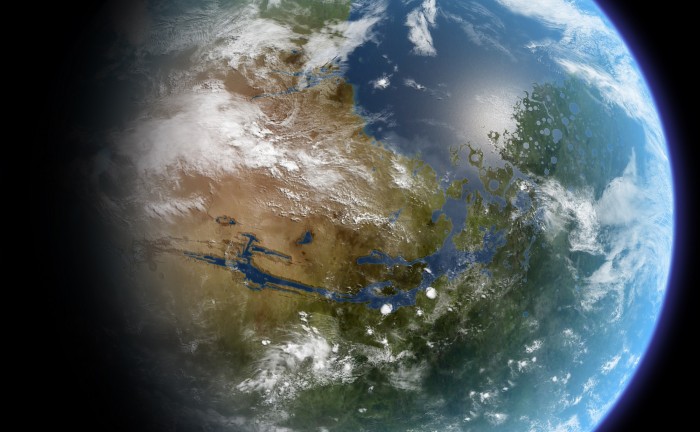wherearewegoing.net – The atmosphere is an essential component of Earth’s ecosystem, acting as a protective shield that safeguards life on our planet. This gaseous envelope not only provides the air we breathe but also shields us from harmful solar radiation, meteorites, and extreme temperatures. Understanding the composition, structure, and functions of the atmosphere is crucial for appreciating its role in maintaining the delicate balance of life on Earth.
The Composition of the Atmosphere
The Earth’s atmosphere is primarily composed of nitrogen (78%), oxygen (21%), and trace gases including argon, carbon dioxide, and water vapor. These gases are vital for life and play significant roles in atmospheric processes. For instance, oxygen is essential for respiration, while carbon dioxide is crucial for photosynthesis.
The Structure of the Atmosphere
The atmosphere is divided into five main layers based on temperature gradients: the troposphere, stratosphere, mesosphere, thermosphere, and exosphere.
The Troposphere
The troposphere is the lowest layer, extending up to 10-16 kilometers above the Earth’s surface. It contains approximately 75% of the atmosphere’s mass and almost all of its water vapor and weather. The temperature in this layer decreases with altitude.
The Stratosphere
Above the troposphere lies the stratosphere, extending up to 50 kilometers. This layer is home to the ozone layer, which absorbs most of the Sun’s ultraviolet radiation, protecting life on Earth from its harmful effects. The temperature increases with altitude in the stratosphere due to the absorption of solar radiation by ozone.
The Mesosphere
The mesosphere extends from the stratosphere to about 85 kilometers. Temperatures decrease with altitude in this layer, reaching the coldest point in the Earth’s atmosphere at the mesopause, the boundary between the mesosphere and thermosphere.
The Thermosphere
The thermosphere extends from the mesopause to the exosphere, ranging from 85 kilometers to 600 kilometers above the Earth’s surface. This layer is characterized by high temperatures due to the absorption of extreme ultraviolet and X-ray solar radiation by atmospheric gases.
The Exosphere
The exosphere is the outermost layer of the atmosphere, extending from the thermosphere to about 10,000 kilometers. It gradually fades into space and contains very thin air.
The Functions of the Atmosphere
Protection from Solar Radiation
The atmosphere protects Earth from harmful solar radiation, particularly ultraviolet (UV) radiation, through the ozone layer in the stratosphere. This protection is crucial for preventing skin cancer and other health issues in humans, as well as damage to plants and animals.
Regulating Temperature
The atmosphere helps regulate Earth’s temperature by trapping heat through the greenhouse effect. Greenhouse gases, such as carbon dioxide and methane, absorb and emit heat, keeping the planet warm enough to sustain life.
Providing Oxygen and Carbon Dioxide
The atmosphere supplies the oxygen necessary for respiration in plants, animals, and humans. It also provides carbon dioxide, which is essential for photosynthesis in plants, forming the base of the food chain.
Enabling Weather and Climate
The atmosphere is the medium through which weather occurs. It transports heat from the equator to the poles, redistributing energy and driving weather systems. The atmosphere also plays a crucial role in shaping Earth’s climate over longer periods.
Conclusion
The atmosphere is more than just the air we breathe; it is a complex and dynamic system that protects and sustains life on Earth. Its layers, composition, and functions work together to shield us from the harsh conditions of space, regulate our climate, and provide the essential gases for life. As we continue to explore and understand the atmosphere, it is crucial to protect this vital shield for the well-being of current and future generations.
